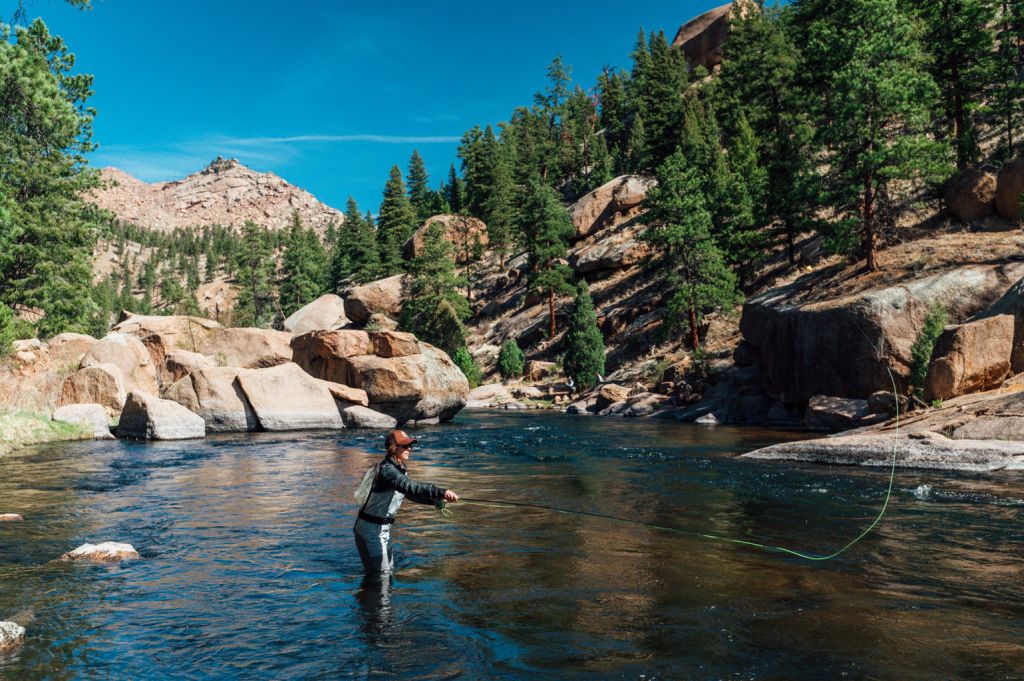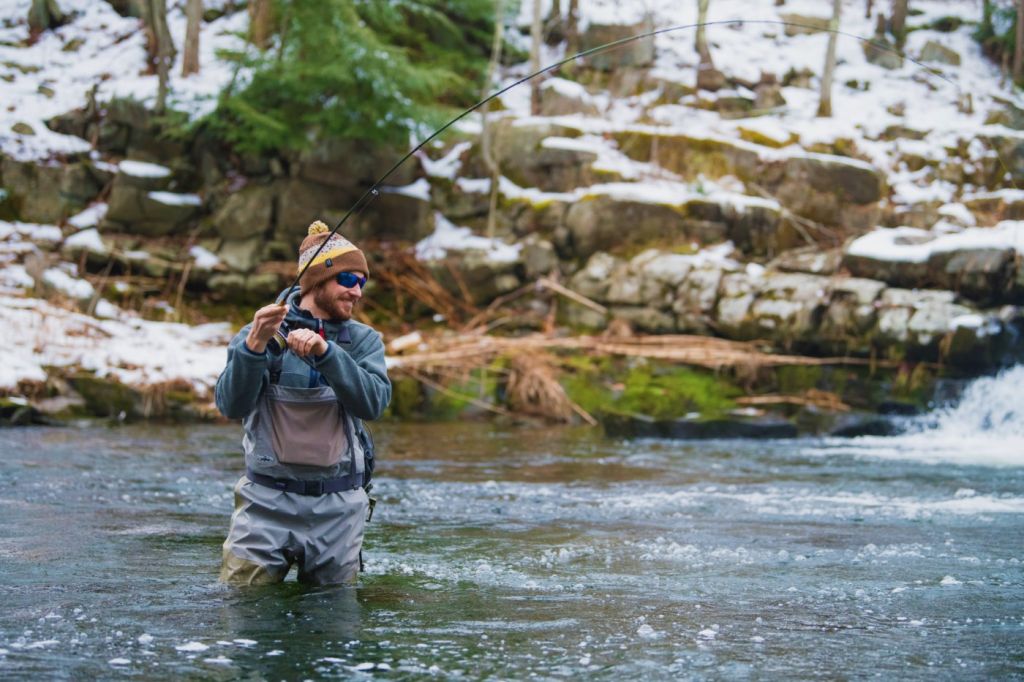Fly fishing is an art that combines patience, skill, and an appreciation for nature. For those new to this angling method, the journey from
Fly fishing is an art that combines patience, skill, and an appreciation for nature. For those new to this angling method, the journey from novice to proficient angler can be both challenging and rewarding. This guide aims to introduce beginners to the essential techniques of fly fishing, helping them to get started on the right foot.
Understanding Fly Fishing Gear
The Fly Rod and Reel
The fly rod and reel are the cornerstone of fly fishing equipment. Unlike conventional fishing, the weight of the fly line, rather than the lure or bait, propels the cast. For beginners, a medium-action rod that is easy to cast and versatile enough for various fishing conditions is recommended. Typically, a 9-foot rod for a 5-weight line is a good starting point.
Fly Line, Leader, and Tippet
The fly line is thick and heavy compared to traditional fishing lines, designed to carry the lightweight fly to the target. Attached to the fly line is the leader, a tapered line that helps transfer energy from the fly line to the fly, allowing for delicate presentations. The tippet is the final, thin section of line to which the fly is tied. Ensuring the right combination of these elements is crucial for effective fly fishing.
Learning Basic Casting Techniques
The Overhead Cast
The overhead cast is the most fundamental fly casting technique. It involves a fluid motion where the rod is brought back to load (bend) and then propelled forward to cast the line. The key to a successful overhead cast is timing and smooth acceleration. Start with short casts and gradually increase distance as your skills improve.

The Roll Cast
The roll cast is particularly useful in situations with limited space behind the angler, such as when fishing in streams with overhanging vegetation. To execute a roll cast, raise the rod tip to create a loop of line behind you, then bring the rod forward with a smooth, accelerating motion, causing the line to roll out over the water. Practice this technique to handle tricky situations where a backcast is not possible.
Choosing and Presenting Flies
Types of Flies
Flies are designed to imitate the natural prey of fish, such as insects, small fish, or crustaceans. There are three main types of flies: dry flies, wet flies, and streamers. Dry flies float on the water’s surface, wet flies are designed to sink, and streamers imitate larger prey and are often used for targeting bigger fish.
Matching the Hatch
Matching the hatch refers to choosing flies that closely resemble the insects currently hatching in the fishing area. Observing the water and the surrounding environment can provide clues about which flies to use. This technique can significantly increase your chances of success, as fish are more likely to strike flies that look like their natural food.
Reading the Water and Fishing Techniques
Understanding Water Types
Different types of water, such as riffles, runs, and pools, each provide unique fishing opportunities. Riffles are shallow areas with fast-moving water and are often rich in oxygen, making them prime spots for fish. Runs are deeper and have moderate current, while pools are the deepest parts of a stream and often hold larger fish. Learning to identify these areas will help you determine where to cast your fly.
Drift and Presentation
The way your fly drifts and presents itself in the water can make or break your fishing experience. Strive for a natural drift, where the fly moves with the current without any unnatural drag. This technique, known as a drag-free drift, is critical when using dry flies and nymphs. Position yourself upstream of the target area and cast your fly slightly upstream, allowing it to drift naturally towards the fish.
Conclusion: Embrace the Learning Process
Fly fishing is a skill that requires time, patience, and practice to master. As a beginner, focus on understanding your gear, perfecting your casting techniques, choosing the right flies, and reading the water. Each outing is an opportunity to learn and improve. Embrace the process, enjoy the tranquility of nature, and gradually, you’ll find yourself becoming a proficient fly angler, ready to take on more advanced techniques and challenging fishing environments. Happy fishing!

COMMENTS